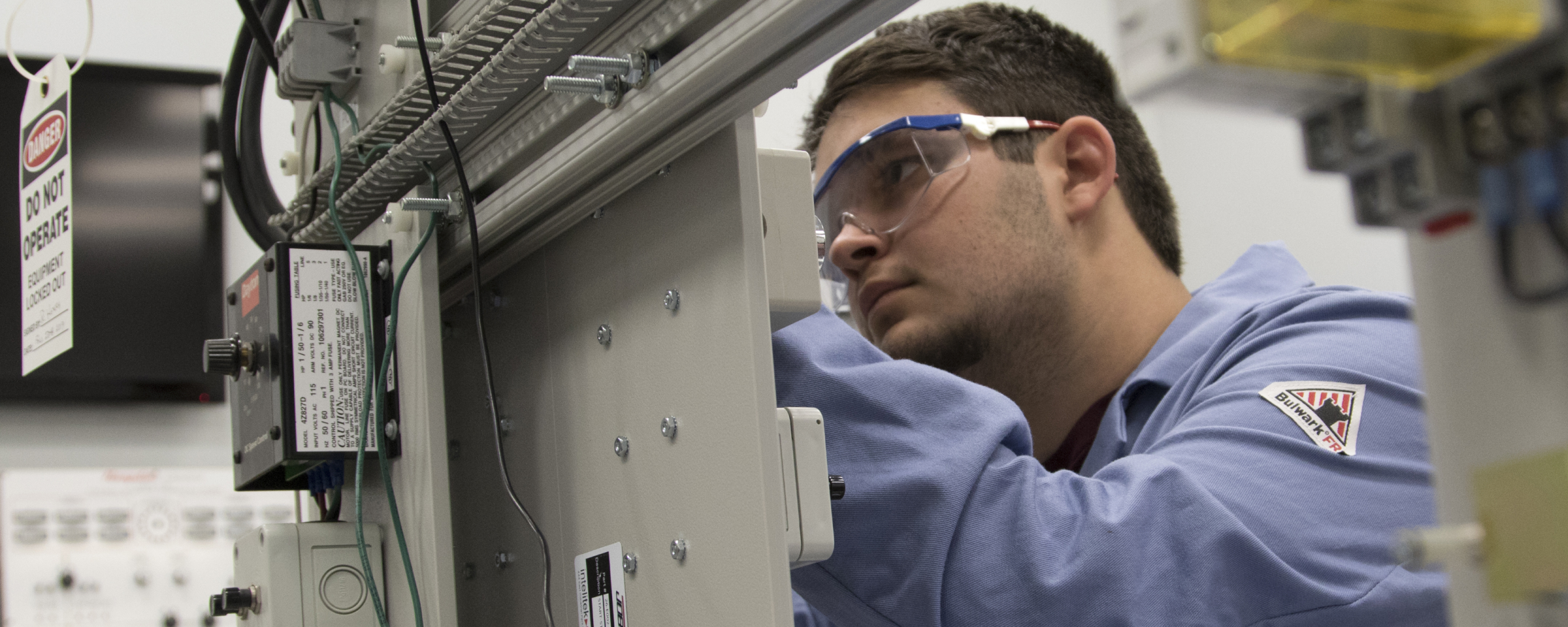
How to Apply
Develop the skills to become a radiologic technologist, and you’ll join the third-largest group of healthcare professionals—surpassed in number only by physicians and nurses.
Steps to Apply
- Why is radiology the career field you’ve chosen to pursue?
- Define adversity you have positively managed.
- Describe (with specifics) your leadership ability.
Be sure your essay is written in size 12 Times New Roman or Garamond font, on a page with 1-inch margins. Essays should include a reference to the radiologic technology field, a personal statement of interest in imaging, and a title.
Collect and Submit Your Transcripts
Gather Immunization Documentation
Submit Required Forms
Your application packet should include a number of forms, including the following:
- The essential abilities technical standards form and the ARRT eligibility form (both found in your application packet).
- A copy of your ACT scores, with a composite of at least 18 enhanced taken within the last five years. Preference is given to those who score 20 or higher.
- A brief summary of your work history. Admissions points are given to those with at least six months of medical experience, including volunteering.

Want to learn more about radiologic technology?
Final Steps to Enroll
Informational Session
Background Check
Is a Radiography Program Right for You?
Most radiologic technologists enter the profession as radiographers. In this role, you’ll capture images of patients’ internal organs, soft tissues, and bones using X-ray equipment. You also might assist radiologists with a range of procedures, such as fluoroscopic imaging or gastrointestinal exams that require the use of contrast media.
You’ll probably work in a hospital, physician’s office, outpatient care center, or laboratory. In most cases, you'll split your work between technological tasks and interactions with patients.
A career as a radiographer is challenging and rewarding. Working in this field, you’ll be an important part of a medical team that diagnoses and treats patients who have a range of diseases and injuries.
With advanced education, you can also pursue a career in bone densitometry, cardiac or vascular interventional radiography, computed tomography, mammography, magnetic resonance imaging, nuclear medicine or sonography. Radiation therapists and medical dosimetrists are technologists who specialize in radiation therapy, which is the application of radiation to treat cancer and other diseases.
Radiographers gain certification through the largest certification agency, the American Registry of Radiologic Technologists®, has more than 300,000 registrants. Wages of radiologic technologists are competitive with other health professionals who have similar educational backgrounds. Visit the U.S. Bureau of Labor Statistics to see current trends in R.T. wages.

